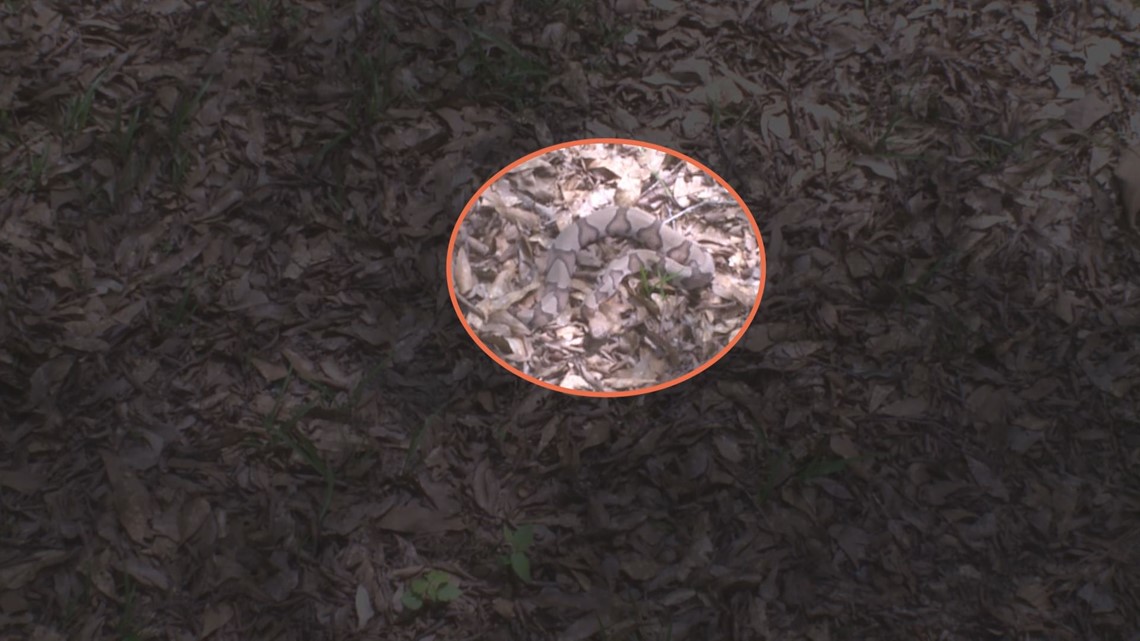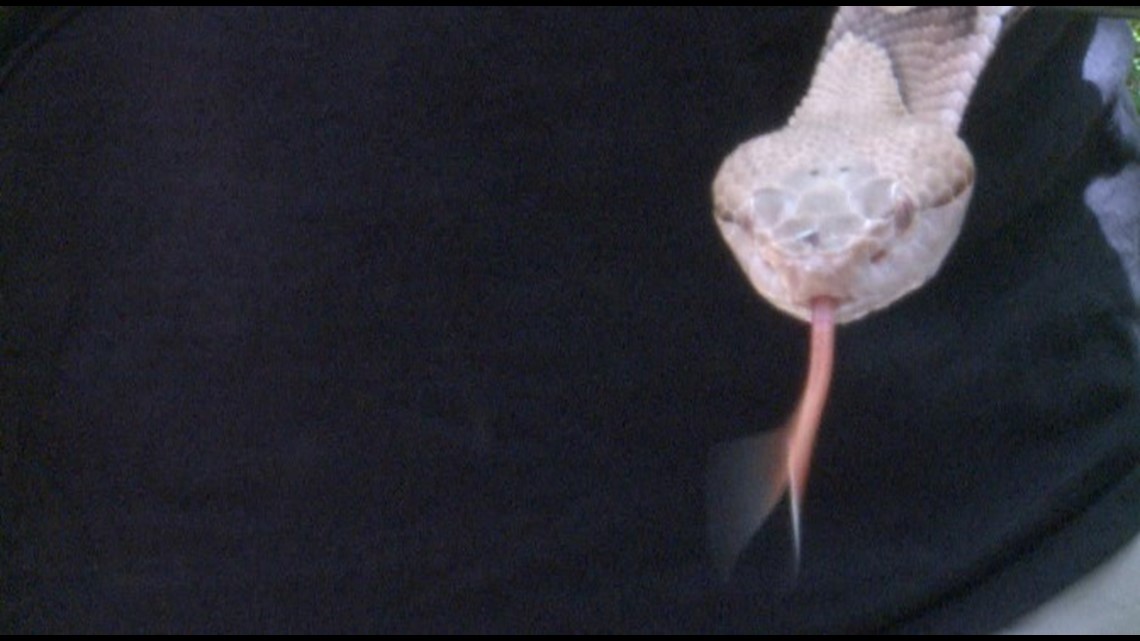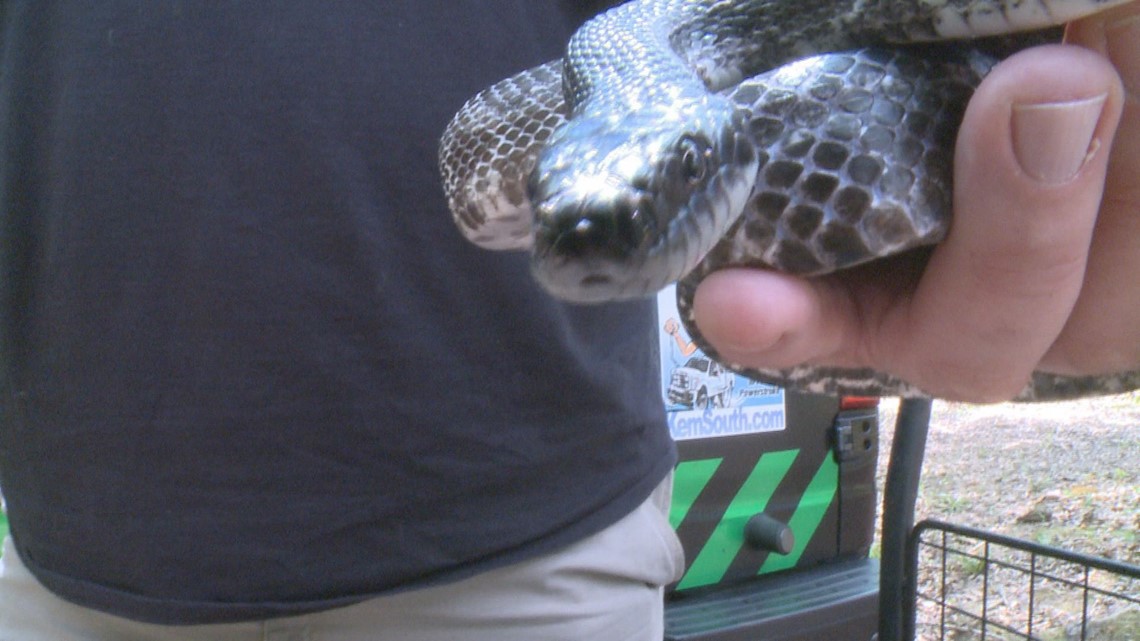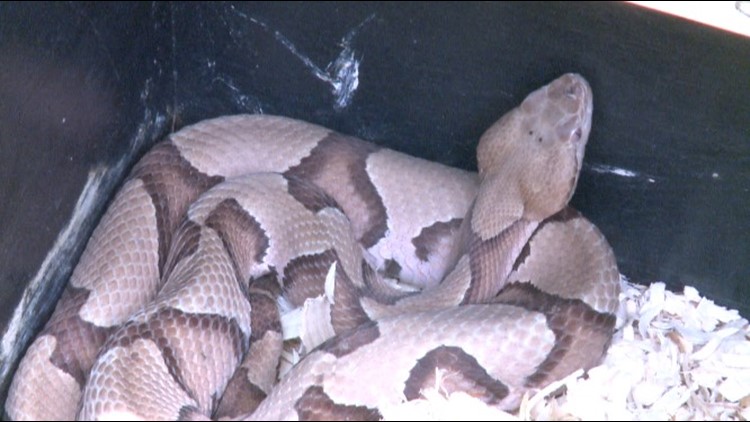As the temperature warms up and you make more plans outside, there is something in the grass you need to keep any eye out for. Snake bites across the state are happening at a record pace.
You could call it the reptile version of a needle in a haystack; a copperhead snake can be hard to spot in its element. But they are venomous.


"Most all copperheads you will see in Georgia will have the shapes on the side that kind of resemble Hershey Kisses,” Jason Clark with Southeastern Reptile Rescue said.


Clark said the venomous snake can be found across Georgia and should be avoided, but you don't need to freak out if you spot one.
"One thing people need to know about copperheads is that copperheads aren't aggressive,” Clark said. “They're defensive, so as long as you see the copperhead and you don't go over and step on him or put your hand near him, or kill or catch him at that point you're no danger."
While just backing away seems to be the best advice, snakes in Georgia are still biting people at a record pace this year.
Georgia Poison Control reports from January through April of this year 55 people reported being bitten. That's about a 50 percent increase from the same period last year. Around 500 people were bitten throughout all of 2016 -- a record number.
"Snakes don't hibernate, snakes brumate,” Clark said. “Which basically means if the temperature is sufficient then they will be out and they will be active."
After a mild winter, poison control got its first report of a snake bite in early January.
"So when we have snakes coming out earlier in the year, then you have more interaction with people, more encounters and that's what leads to more bites," Clark said.
The most common snake Clark receives calls about is the rat snake. It can be a scary sight to some, but it is non-venomous and it plays an important role.


Clark says many people will kill this snake, but they shouldn't.
"Because as you start eliminating all the harmless ones, you're opening up a niche for your venomous ones,” Clark said. “There is more food, there is hiding places that are left open for venomous snakes that then take up that area."
Clark said the rat snake there can grow to be seven feet long. He notes that it's illegal in Georgia to kill non-venomous snakes.
If you come across a snake, Clark said simply make sure you are outside of its strike zone. Taking two large steps away from the snake should put you in a safe spot.
PHOTOS: Snakes seen in metro Atlanta



